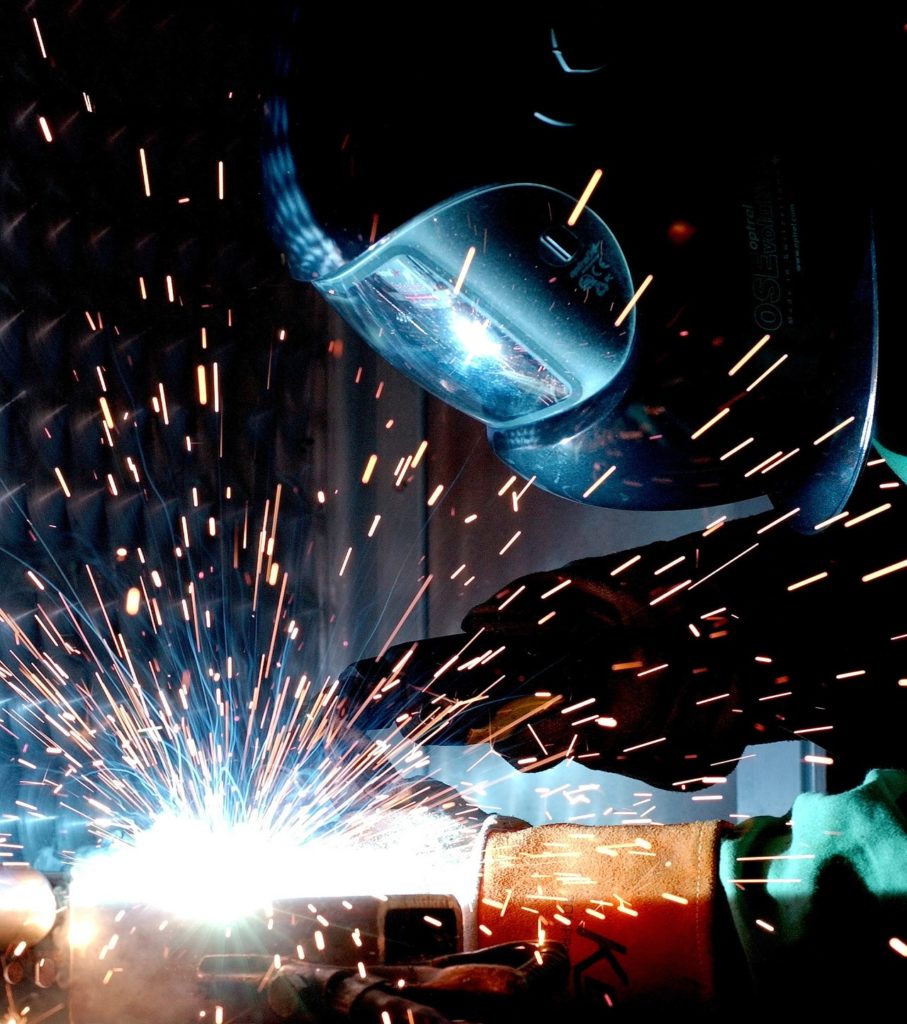No products in the cart.
Posts
The New Wave of American Manufacturing
I’ve written a few times here already about supply chain disruptions, but I don’t think I’ve adequately expressed what a huge deal it is for America in general, and CTE in particular. I believe this is a seismic change, one that will completely reshape the landscape for American business. And, Jim Rickards, an iconic investor and businessman, apparently feels the same.
In a recent article, Rickards notes that the problems we face will not, and cannot, be resolved using the same approach we’ve been using for the past 30 years. In order to save a few bucks on warehouses, we have set up a just-in-time inventory system that assumes everything you need to build your products would always be immediately available. And, to save a few bucks on those components (both labor and materials), we decided to have them made as far away as possible.
That works when times are flush and uneventful. But COVID pulled the curtain back and forced us to see how incredibly fragile all of this is. The US doesn’t have the manpower, or port capacity, to catch up to demand. China is closing down factories whenever someone reports COVID; they’re also facing power shortages, both of which severely curtain production. And, when a product is made up of dozens or hundreds of parts, the loss of just one can shutter production, resulting in supply chains breaking more and more frequently.
He says:
I recently spoke to the CEO of a major corporation. He said, “Jim, what you have to understand is that it took us 30 years to build these supply chains. We blew it up in three years, beginning in 2018, and you can’t put it back together. This is Humpty Dumpty. It will take at least 10 years to reconstruct the supply chains if we don’t want to do it with China and globalization.”
And, this is where I circle back to CTE.
Of course, some work will always be done overseas. But after this massive disruption – one that cannot be resolved under the current model – businesses will have no choice but to repatriate production and start building up some warehousing capacity. We’ve operated for years without any sort of buffer, and after getting burned, businesses will have to adopt a more resilient mentality.
That presents a HUGE challenge in this country. Those production facilities we shuttered years or decades ago? We can’t just flip a switch and turn them back on. We’ll be building from scratch. And all those skilled workers who could do all that manufacturing? They retired or left; we need to build an entire generation of new workers. This is a HUGE challenge, one that will require an extraordinary investment in people and capital infrastructure. That investment will come from both public and private sources, but it will be an incredible amount.
So, the next several years will be intense ones for CTE, with huge demands placed upon us to play our part in all of this. CTE is about to take center stage, and for the sake of our country, I hope we get the resources and support we’ll need in order to make it all happen.
Brett Pawlowski is Executive Vice President of the National Center for College and Career (NC3T) (www.nc3t.com). NC3T provides planning, coaching, technical assistance, and tools. These strategies help community-based leadership teams plan and implement their college-career pathway systems and strengthen employer connections with education.

